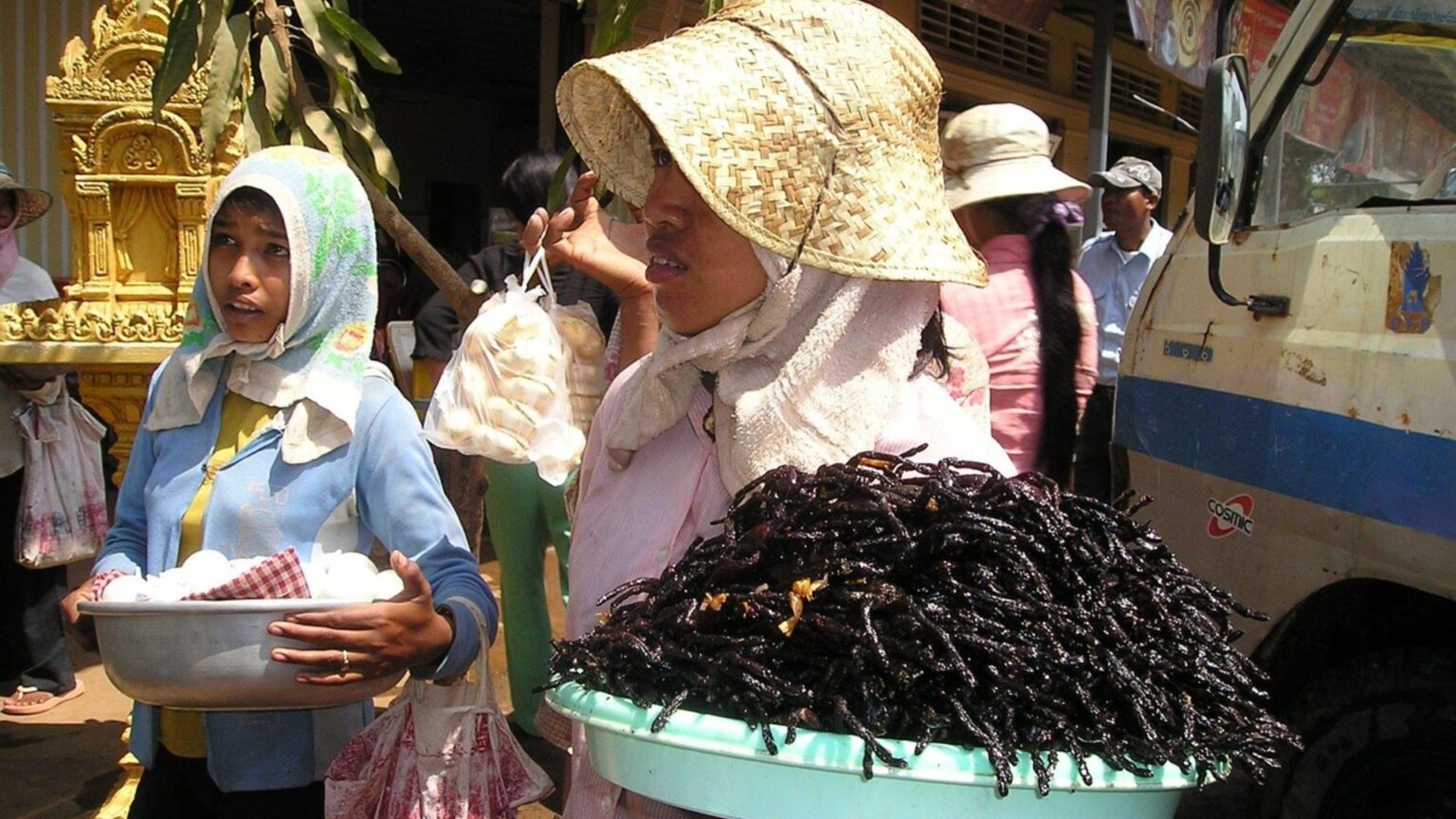Traveling opens up the world, not just through sights and landscapes, but through taste. And while most of us are quick to try a local pastry or a popular noodle dish, stepping outside your comfort zone and saying “yes” to something unexpected can be one of the most rewarding parts of your journey. Here are some of the world’s most unusual and unique dishes, and why you might want to give them a chance.
Balut (Philippines)
Balut is a fertilized duck egg, typically incubated for 14 to 21 days, then boiled and eaten from the shell. It might sound intimidating, but locals swear by its flavor and texture. It’s savory, rich in protein, and often sold as a common street snack. Eating balut is a cultural experience, and a conversation starter you’ll likely never forget.
Hakarl (Iceland)
Hakarl is a fermented Greenland shark infamous for its strong ammonia-rich smell and taste, often described as “an acquired one.” Icelanders have been preserving shark like this for centuries, and though it might challenge your palate, trying it gives you insight into how people survived in such a harsh climate. It’s usually served in small cubes. One bite is enough to earn some serious bragging rights.
Fried Tarantulas (Cambodia)
In Cambodia, fried tarantulas are more than just a gimmick. They were originally popularized during times of food scarcity, but have since become a delicacy. Deep-fried with garlic and salt, they’re crunchy on the outside and tender inside. If you can get past the legs, you might find the flavor surprisingly mild, almost like soft-shell crab.
Escamoles (Mexico)
Known as “insect caviar,” escamoles are ant larvae harvested from agave roots. In central Mexico, they’re sautéed with butter and herbs, often served in tacos. The texture is buttery and the flavor is nutty, making it far more approachable than you’d think. It’s a delicacy rooted in ancient Aztec tradition.
Casu Marzu (Sardinia, Italy)
This sheep’s milk cheese is famous for containing live insect larvae. No, we aren’t making this up. Though controversial and even banned in some areas, locals view it as a rare and intense treat. Creamy and strong, it’s a cheese experience like no other.
Trying unusual food isn’t about being extreme—it’s about curiosity, respect, and connection. These dishes represent history, resourcefulness, and tradition. Even if it’s just one bite, stepping into someone else’s food culture is a bold and memorable way to travel.




